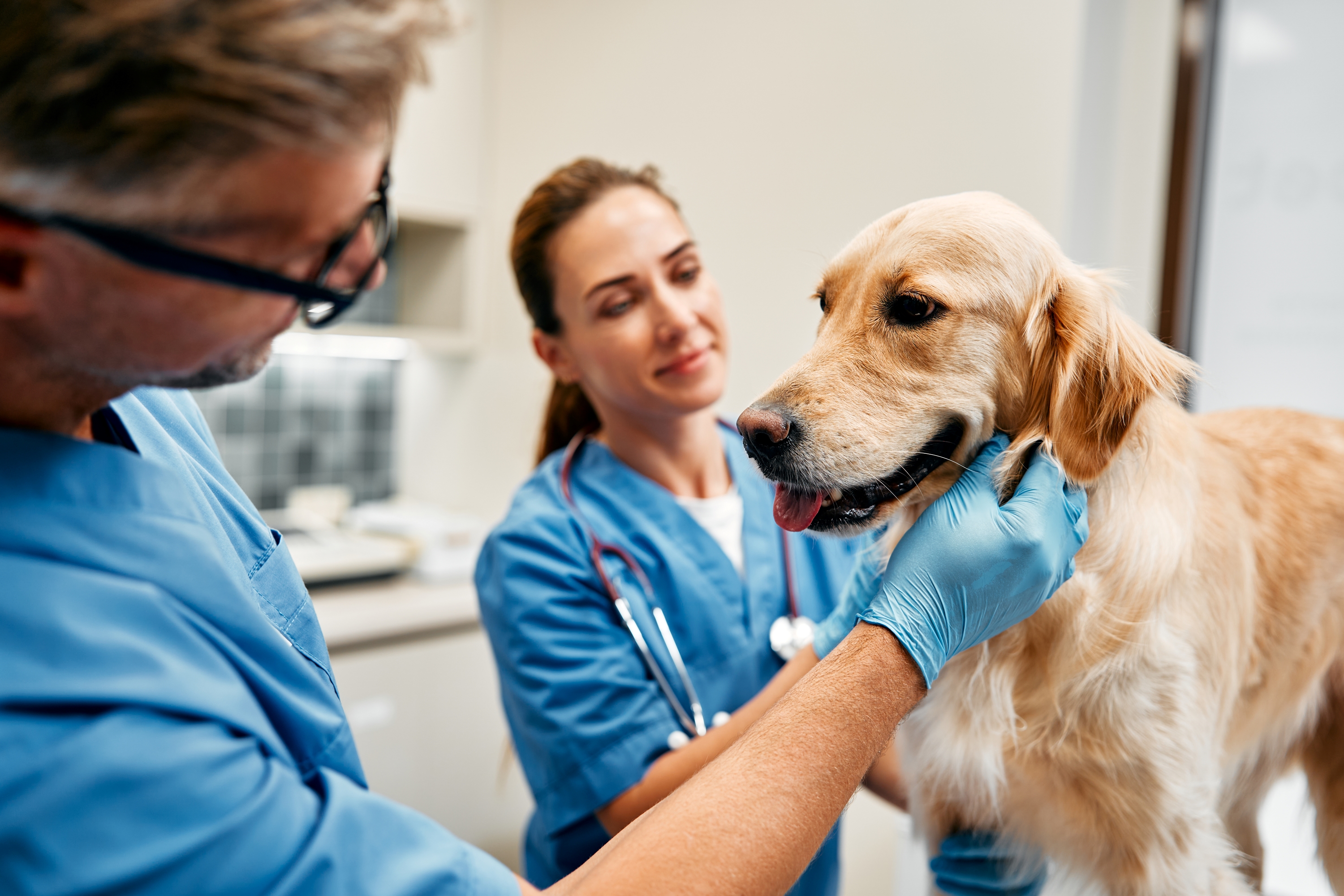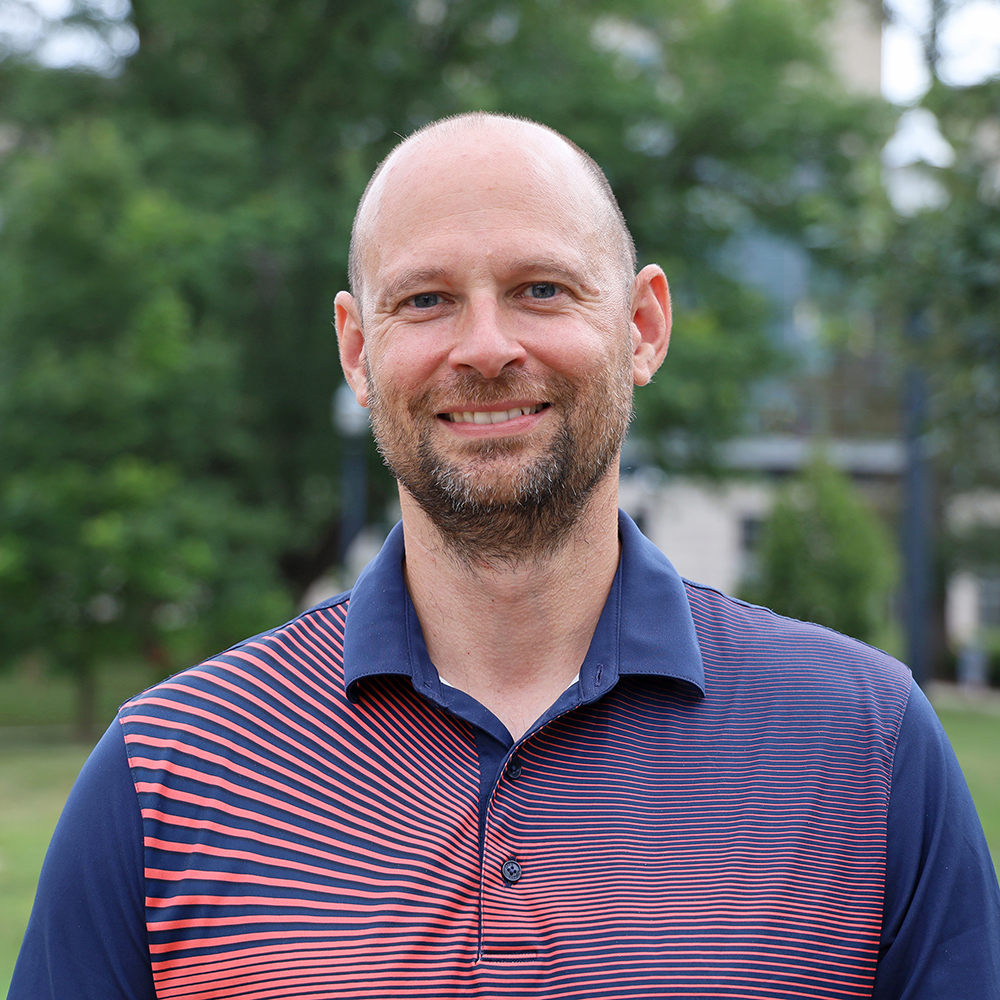Checkup time for Fido? Wait might be longer in the country
Study highlights differences in access to care in rural areas
By Misti Crane

COLUMBUS, Ohio – Most people can get their pets in for veterinary visits relatively quickly, but access to care could use improvement in rural areas, suggests a recent study.
“Access to veterinary care appears to be generally pretty good and the wait times aren’t too long, particularly if you compare it to how long people often have to wait to establish primary care, but there’s clearly room for improvement in less populated areas,” said Simon Haeder, the study’s lead author and an associate professor in Ohio State’s College of Public Health. The research appears in the Journal of the American Veterinary Medical Association.

Using a “secret shopper” survey approach, members of the research team posed as dog owners, calling more than 5,000 randomly selected veterinary practices in six states (California, Minnesota, Ohio, Pennsylvania, Texas and Washington) in early 2025.
The team was able to secure an appointment 67% of the time. When they didn’t, it was typically because they couldn’t connect with staff or were on hold for excessively long periods – more than five minutes was the cutoff in the study. In almost 4% of cases, veterinarians didn’t have the capacity to accept new patients.
The “dog owners” who were able to make an appointment were told they’d have to wait an average of 6.4 days. Average travel distance for an appointment was 6.4 miles.
But when it came to rural areas, the barriers to care grew more substantial. The research team was able to make an appointment less than 62% of the time when calling rural practices. The average wait time jumped to 8.6 days, and the average travel distance increased to 13 miles.
Current efforts to increase the number of veterinary students nationwide, and at Ohio State, could help remedy this disparity, Haeder said.
Through a new Ohio initiative called Protect One Health in Ohio, Ohio State’s College of Veterinary Medicine aims to strengthen Ohio’s veterinary workforce, protect public health and advance the agricultural economy.
In another recent paper in the Journal of the American Veterinary Medical Association, that college’s leadership detailed plans to educate more Ohio veterinarians with a specific aim of increasing veterinary care in rural areas.
After costs associated with care, access has been consistently identified as the most pressing concern among pet owners, Haeder said.
“When pets don’t receive prompt preventive care, diagnoses and treatment, both the pets and their owners suffer, and we know that living with a beloved pet can be good for health, both mental and physical,” he said.
“And gaps in access can pose broader public health threats, especially if animals aren’t protected against vaccine-preventable illnesses like rabies.”
CONTACT: Simon F. Haeder, Haeder.1@osu.edu
Written by Misti Crane, Crane.11@osu.edu; 614-292-3739
About The Ohio State University College of Public Health
The Ohio State University College of Public Health is a leader in educating students, creating new knowledge through research, and improving the livelihoods and well-being of people in Ohio and beyond. The College's divisions include biostatistics, environmental health sciences, epidemiology, health behavior and health promotion, and health services management and policy. It is ranked 22nd among all colleges and programs of public health in the nation, and first in Ohio, by U.S. News and World Report. Its specialty programs are also considered among the best in the country. The MHA program is ranked 5th and the health policy and management specialty is ranked 21st.